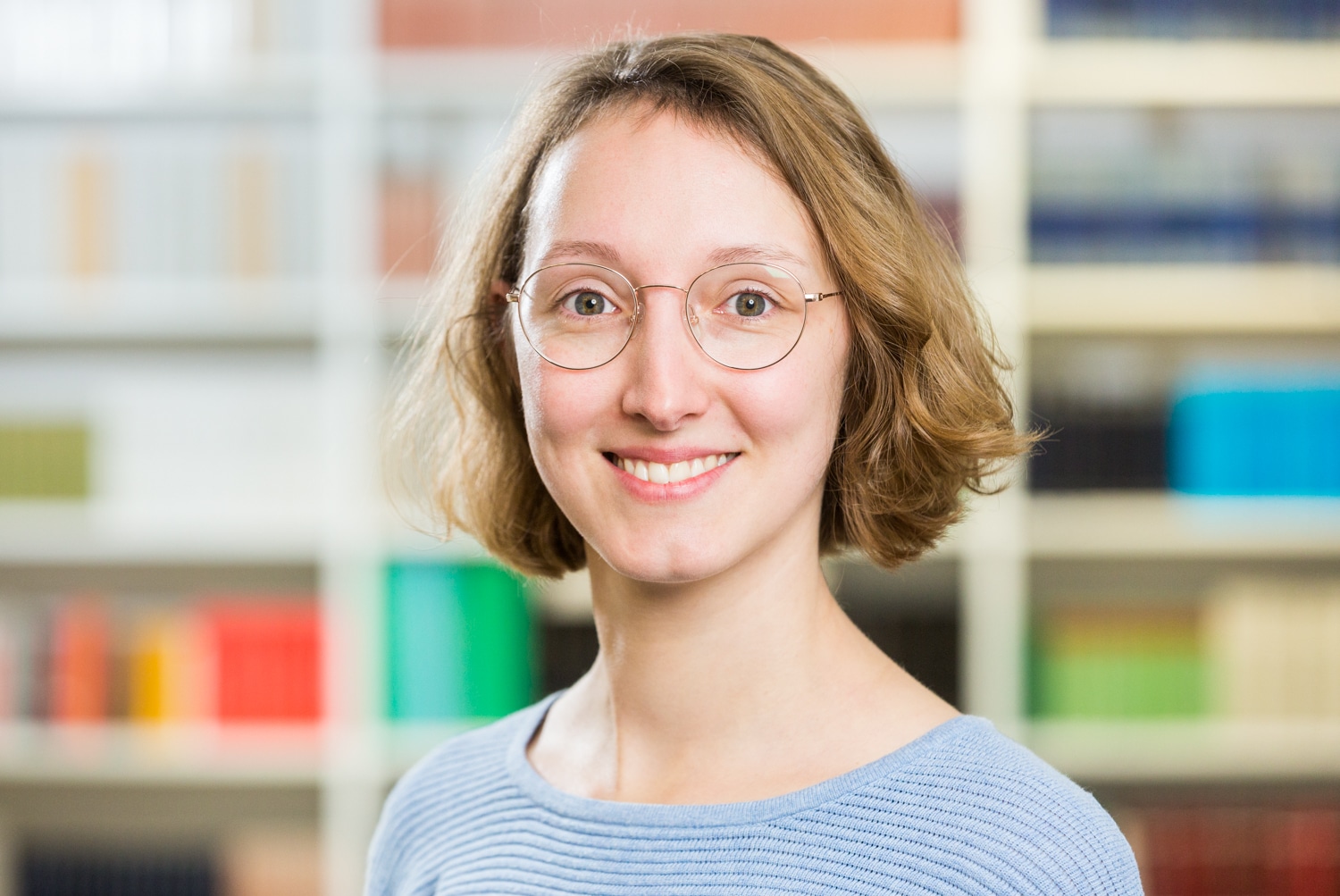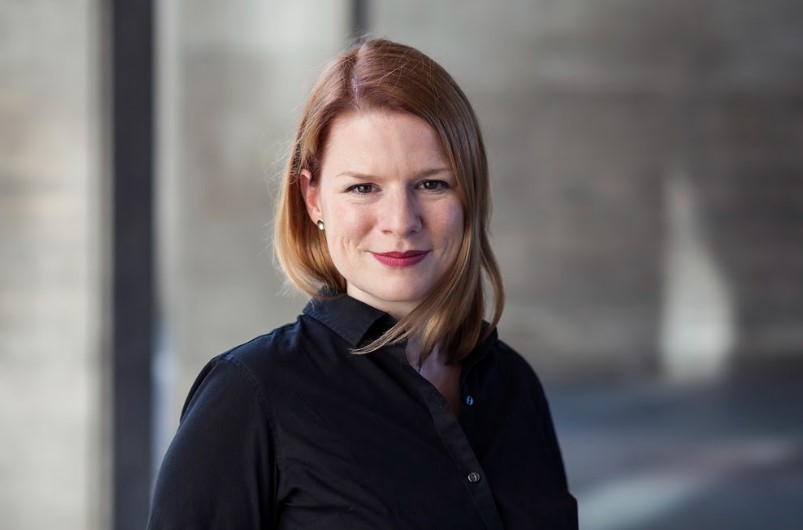
As housing affordability diminishes in large cities and inexpensive living space becomes scarce, the cooperative model is resurging in popularity. Housing cooperatives have a long tradition in Switzerland and make up 18 percent of all apartments in Zurich, the largest Swiss city. In the Zurich model, the municipality owns the land and grants a long-term lease (usually 60 years) to a housing association; the city also includes a diverse range of stipulations in these lease contracts. The municipality then charges an annual rent rate of 2 percent of the value of the land. It’s a win-win situation: because of the low rent costs, the cooperatives can offer less expensive rents for their apartments. The city maintains control and ownership of the land while making more money in rent than it would by selling the land.
In 2007, the Kalkbreite cooperative won the competition to build housing over and around a streetcar depot in the center of Zurich. The project’s initiators had to be creative to plan quiet, high-quality living space above parked streetcars while experimenting with new spatial arrangements, living situations, and concepts of collectivity.
The Kalkbreite has moderate rents, innovative and flexible housing forms, and a resource-friendly, sufficiency-oriented vision. In practice, this means:
- There is less living space per person: 31.2 square meters (335.8 square feet) compared with the Zurich average of 39 square meters.
- Each household contributes the costs to support 0.8 square meters of common space like the cafeteria and sauna.
- As there was no space to build the parking spots mandated for new residential construction, new residents are required to sign an agreement to forgo car ownership (there are 500 bike parking spots).
- There are four commonly used rooms whose function is agreed by resident assent (for example a youth hangout or a gym).
- There are so-called “Wohnjoker” (residential joker) rooms with en-suite bathrooms scattered through the building. If current residents need to expand their living space temporarily, for example if an elderly parent comes to stay, they can rent this additional space for up to three years.
- There is a super-household, an association of 65 people, that runs a dining room and a kitchen, and cooks and eats together on weeknights.
To realize this project, participative planning was key — potential future users were involved in planning and decision-making from the beginning. Planning began very informally. From day one, the initiators stressed a transparent, inclusive approach. We spoke with Fred Frohofer, a Kalkbreite resident, to better understand the project’s vision.
Frohofer said the motto was “don’t plan behind closed doors, instead build trust through transparency.” During the construction phase, small teams were created to reach common decisions about topics from courtyard design to how to run meetings. To decouple this work from the right to an apartment, the initiators decided to pay group members 20 Swiss Francs (about 21 USD) per hour after their first 20 hours volunteered.
Today, working groups tend the community garden, maintain the workshop, and manage the cafeteria, while topical groups tackle issues like reducing resource use in the building. In addition, approximately 40 percent of the usable area is commercial space. This mix truly makes the Kalkbreite a city within the city, with shops, restaurants, a movie theater, a kindergarten, and much more. More than 250 people live in the apartments and around 200 people work in the commercial spaces.
To be eligible for an apartment, you must become a member of the cooperative, buy shares and pay the join fee. The money from the shares is used to pay the lease to the city (a legal restriction in Switzerland) and the join fee goes to a discretionary fund that is used for activities within and around the house. When an apartment becomes vacant, criteria including age, migration background, education level, and gender are applied to allocate it so that the mix of residents reflects the composition of Switzerland and Zurich. These rules are designed to prevent its resident mix from becoming homogenous — for example, all young, native Swiss families with university degrees. Frohofer said finding a match wasn’t a problem when the apartment next to his became free. “As there is a serious affordable housing shortage in Zurich, if a cooperative offers an apartment, there are usually plenty of applicants to choose from. We have always been able to find someone that fulfills all the criteria. For example, the apartment next to mine was recently rented. We were looking for a man over 50 who was not an academic and we found him! His name is Hans.”
Within the community, decisions are made by systemic consensus, not majority vote. Frohofer said: “A proposal is made and then the moderator asks if anyone has an objection. If there is one, we discuss it until we find a solution that’s acceptable for everybody. The most important thing is that you’re not just allowed to be against the measure, you have to say why you’re against it. It’s a very constructive way of making decisions.” Another important part of commoning is a solidarity fund: “A portion of everyone’s rent goes directly into that fund and if someone is broke and can’t pay his or her rent, he or she can use the fund. The fund is now even open to other cooperatives that also open theirs. So if one cooperative has too little money, one of the others helps out.”
But there are also sanctions in case people break the commonly agreed-upon rules. Frohofer refers to Elinor Ostrom’s eight rules for managing a commons and stresses that sanctions “have to be determined on a grassroots basis, of course, but before you start something, you should always talk about what happens if someone doesn’t stick to the rules.” For example, when the dishes went unwashed too often in the super-household, a meeting was called and it was agreed that anyone who doesn’t wash the dishes when it’s their turn has to pay 50 Swiss Francs (about 53 USD) into the discretionary fund; “And since then the dishes get done much more regularly, and when they don’t, we have a little extra disposable income,” Frohofer said.
Despite the challenges they’ve faced and things they might have done differently, Frohofer sees the Kalkbreite as an experiment others can learn from: “If something doesn’t work so well, we don’t hide it but provide advice for others how to do it better. The cooperative has been a big experiment from the beginning and we want others to benefit from that – both the things we get right and the things we don’t!”
Don’t plan behind closed doors, instead build trust through transparency.
Which ingredients of a cooperative community project most help it succeed? What are urban commons and how do they fit into current activist and practitioner debates? And what tools and methods do commoners need to strengthen their work? These are the three questions at the heart of The Urban Commons Cookbook, a handbook for those interested in starting and growing community-led projects which includes interviews about eight projects from Europe, South America, and the United Kingdom outlining the growth of their projects, the challenges they faced, and the methods they employed to surmount them. This series presents profiles of four of the projects.
This article is part of our series on the Urban Commons Cookbook.










